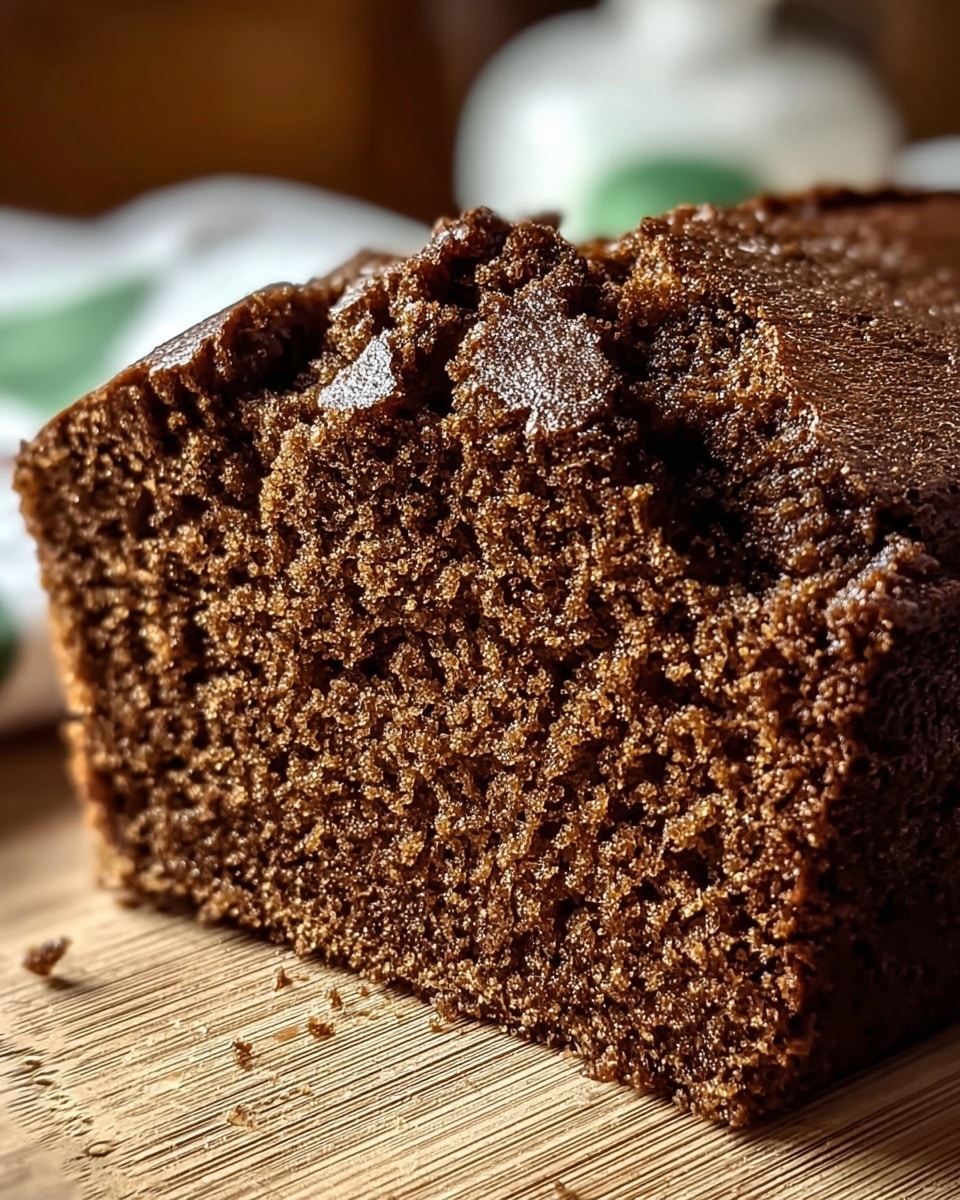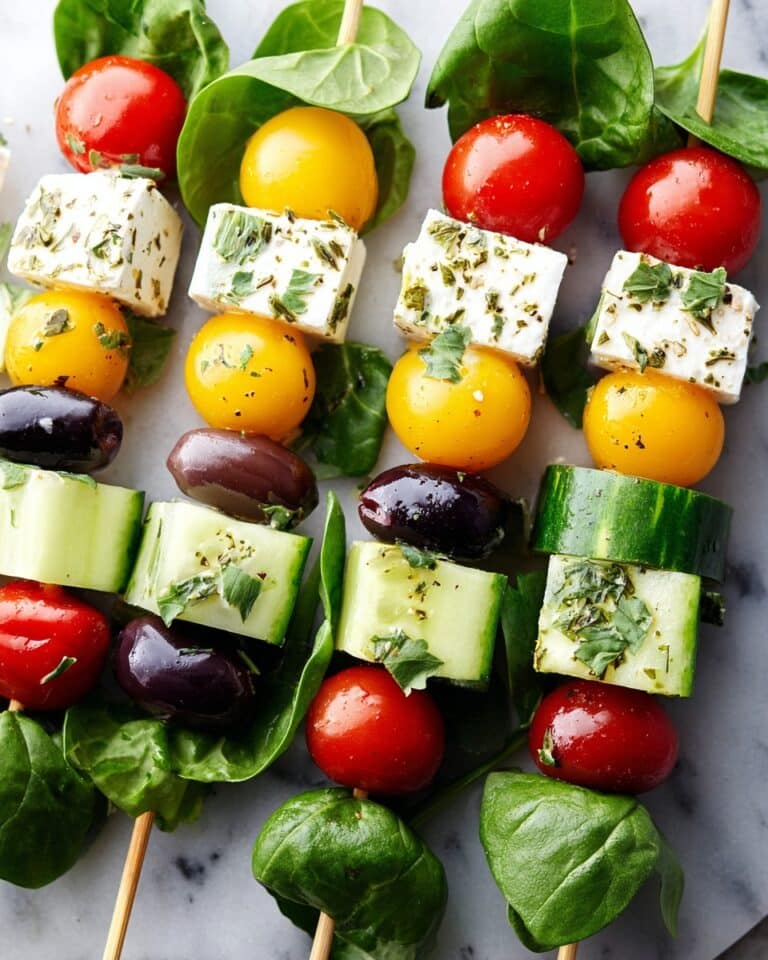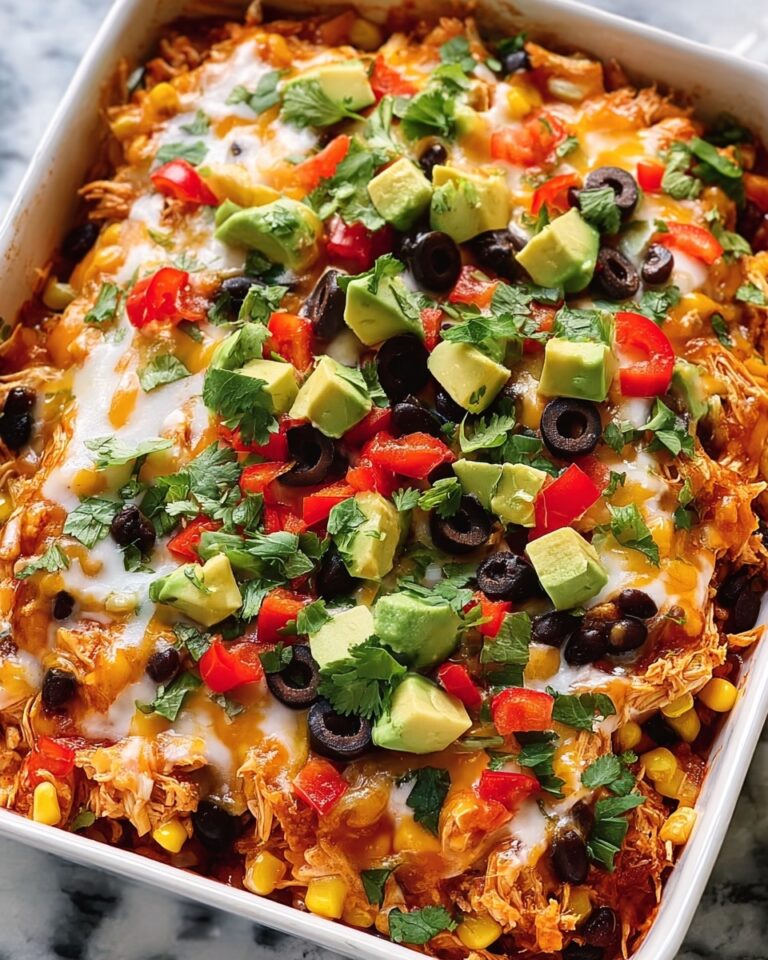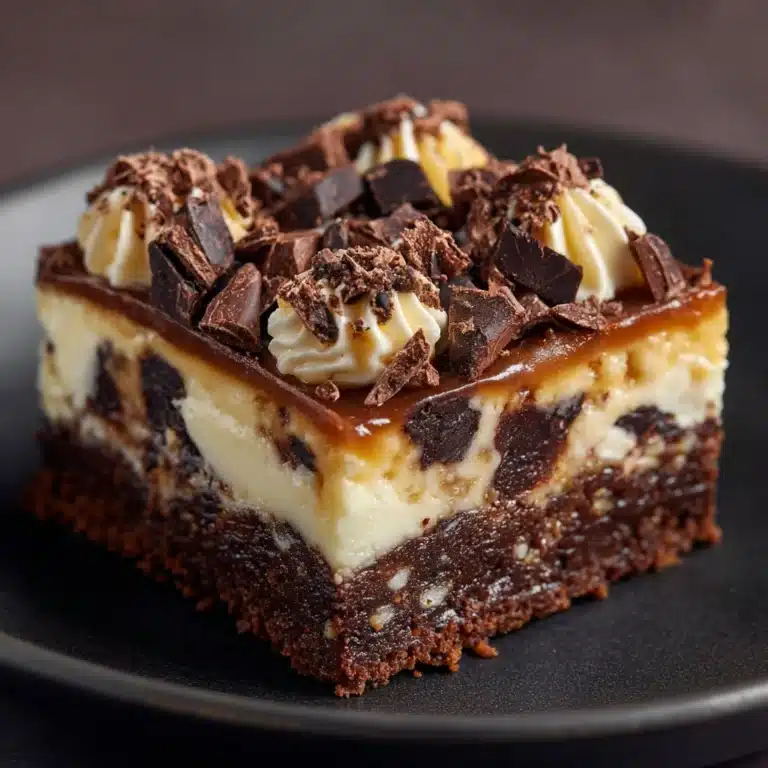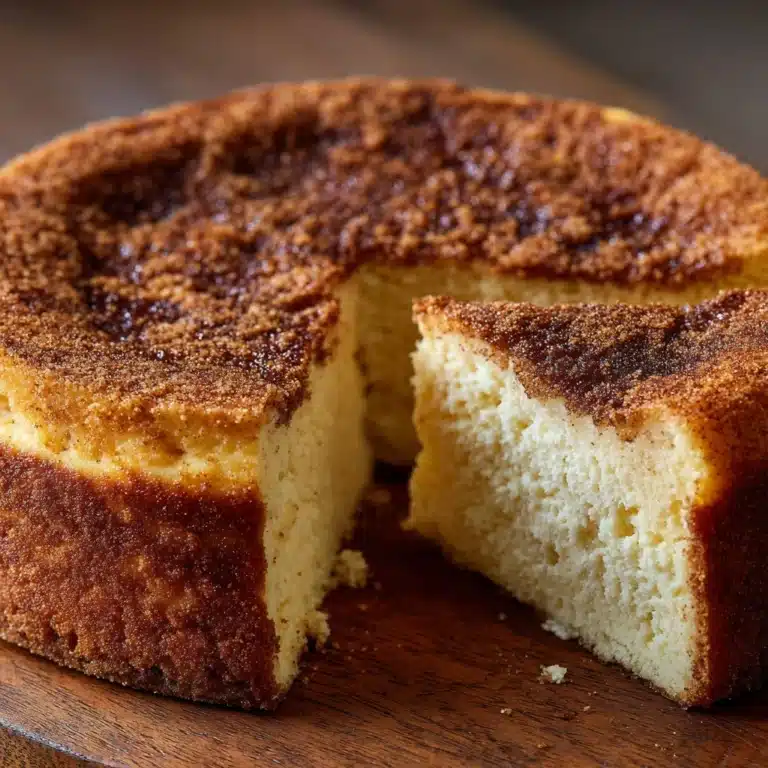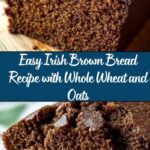If you’ve ever craved the warm, earthy flavors of traditional Irish baking, then this Irish Brown Bread Recipe will quickly become one of your favorites. Full of wholesome whole wheat goodness and a gentle hint of sweetness from honey or brown sugar, this bread is dense yet tender, perfect for breakfast or a comforting snack. With its simple ingredients and straightforward method, you get authentic Irish charm in every slice, ideal for pairing with your favorite butter, jam, or even a hearty stew. Trust me, once you master this recipe, you’ll wonder how you ever lived without a homemade slice of Irish brown bread on your table.
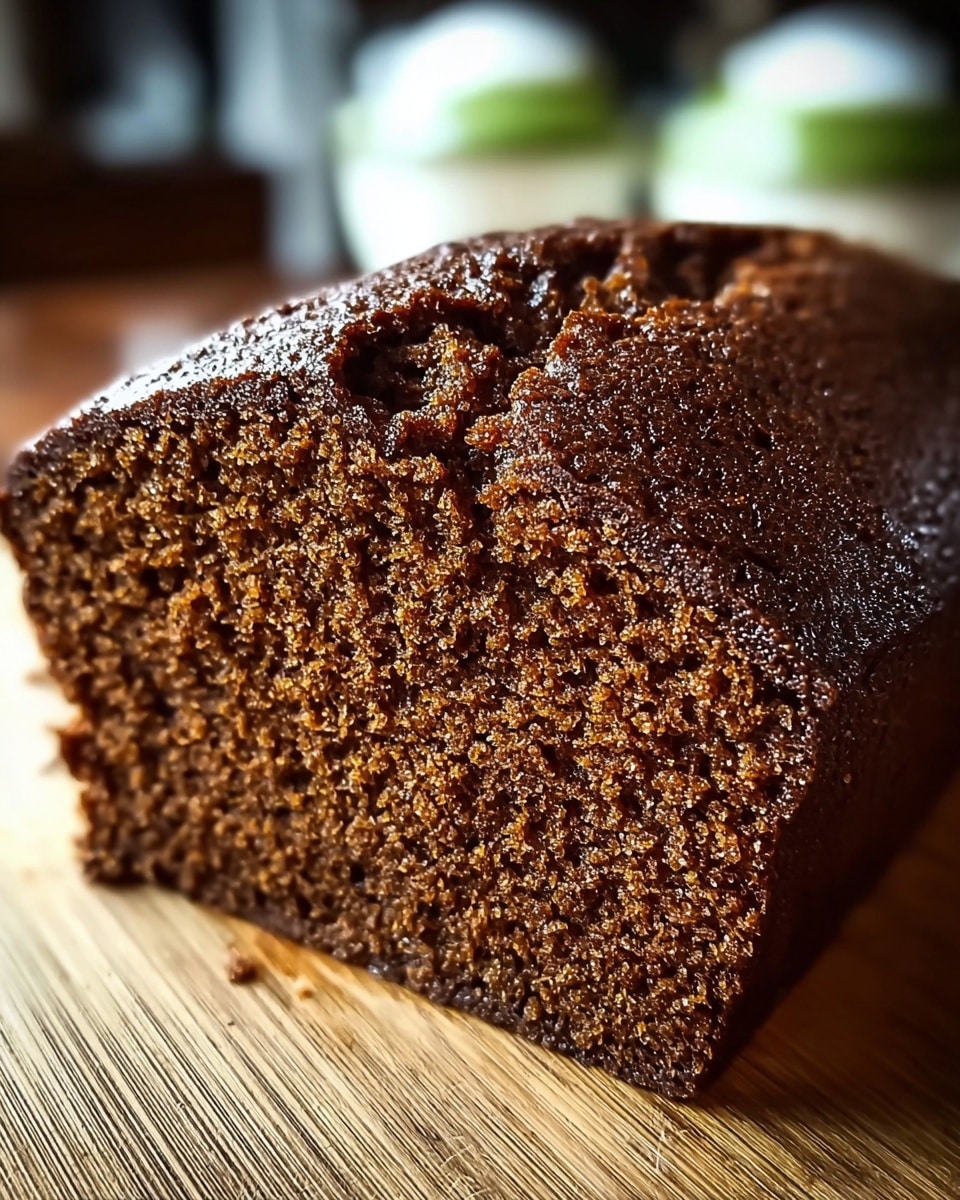
Ingredients You’ll Need
Getting the ingredients right is the foundation of any great bread, and this Irish Brown Bread Recipe shines because of its honest simplicity. Each component plays a critical role, from the nutty whole wheat flour that gives this bread its rich color and texture to the tangy buttermilk that activates the baking soda for a light rise.
- Whole wheat flour: Adds a hearty, nutty flavor and dense texture that defines this bread.
- All-purpose flour: Provides balance by lightening the bread’s crumb for a tender bite.
- Baking soda: Acts as a natural leavening agent to give the bread a gentle rise without yeast.
- Salt: Enhances flavors and balances the sweetness.
- Rolled oats: Adds subtle texture and a rustic touch, plus a lovely oat topping if you like.
- Brown sugar or honey: Brings a hint of sweetness that complements the earthiness of whole wheat.
- Buttermilk: Provides moisture and acidity that react with baking soda for the perfect lift.
- Unsalted butter (optional): Gives a golden crust and adds richness when brushed on top.
How to Make Irish Brown Bread Recipe
Step 1: Prepare Your Pan and Ingredients
Start by preheating your oven to 400°F. Lightly grease your 9×5-inch loaf pan or line it with parchment paper so your bread won’t stick and will come out perfectly. This small step ensures that when you pull the bread from the oven, all you have to do is admire it.
Step 2: Mix the Dry Ingredients
In a large bowl, whisk together the whole wheat flour, all-purpose flour, baking soda, salt, oats, and brown sugar or honey. This step evenly distributes the leavening agent and sweetener, essential for that even rise and balanced flavor throughout the bread.
Step 3: Add the Buttermilk and Form Dough
Pour in the buttermilk and stir just until a thick, shaggy dough forms. Don’t overmix here — the key is to combine the ingredients without developing gluten like you would with yeast bread. If the dough seems too dry or crumbly, gradually add a little more buttermilk, one tablespoon at a time, until it holds together well.
Step 4: Transfer to Pan and Add Toppings
Transfer your dough into the prepared loaf pan, smoothing the top with a spatula or wet hands for a neat finish. If you want an extra touch of golden richness, brush the top with melted unsalted butter and sprinkle with additional rolled oats. This creates a lovely, rustic crust once baked.
Step 5: Bake and Cool
Bake the bread in the preheated oven for 35 to 40 minutes. When done, the crust should be firm and golden, and a toothpick inserted in the center should come out clean. Allow the bread to cool in the pan for 5 minutes before transferring it to a wire rack to cool completely—this cooling step helps the bread finish setting and makes slicing easier.
How to Serve Irish Brown Bread Recipe
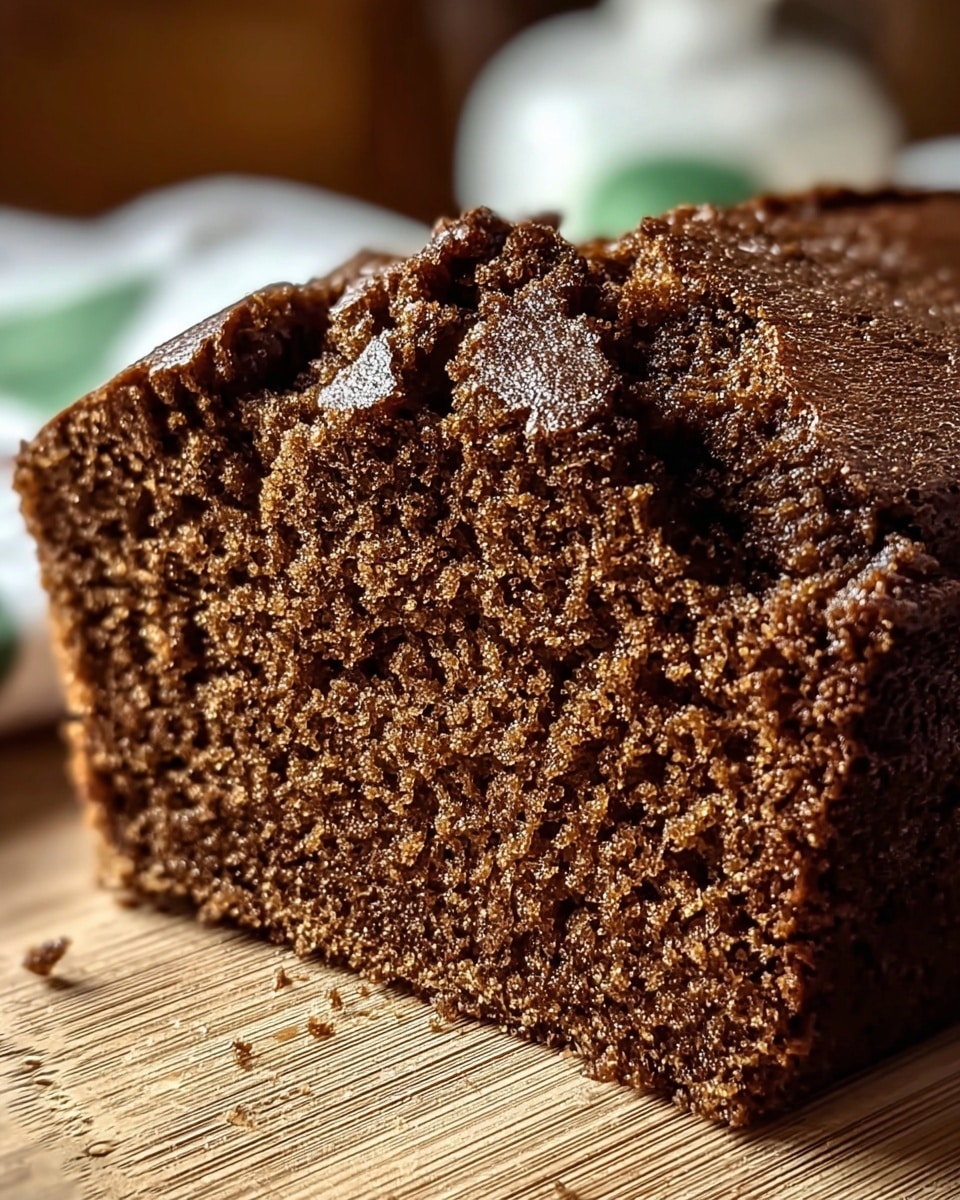
Garnishes
This Irish Brown Bread Recipe shines on its own but is even lovelier with a few thoughtful garnishes. Try a generous spread of creamy butter while the bread is still slightly warm for ultimate indulgence, or add a layer of tangy marmalade or honey for a touch of sweetness that pairs beautifully with the bread’s nutty flavor.
Side Dishes
Serve your Irish brown bread alongside hearty soups or stews, like a classic Irish stew or creamy potato leek soup. The bread’s dense, satisfying texture makes it perfect for dipping and soaking up flavorful broth, making every bite more comforting and complete.
Creative Ways to Present
Beyond just sliced bread, you can turn this loaf into a base for open-faced sandwiches topped with smoked salmon and dill, avocado and radish slices, or even a soft cheese spread and freshly chopped herbs. Toast thick slices lightly for a crunchy breakfast treat or pack it in a picnic basket for a rustic outdoor meal.
Make Ahead and Storage
Storing Leftovers
Keep leftover Irish brown bread fresh by wrapping it tightly in plastic wrap or storing it in an airtight container at room temperature. It should remain soft and delicious for up to three days, making it a great option for busy households or meal prepping.
Freezing
This bread freezes wonderfully, so slice it ahead of time and store the slices in a resealable freezer bag. This way, you just need to pull out a slice or two when you want a quick snack or side without thawing the whole loaf. Frozen bread will keep well for up to three months.
Reheating
To revive your frozen or leftover Irish brown bread, toast slices until warm and slightly crispy on the outside or wrap the whole loaf in foil and warm in a 350°F oven for 10-15 minutes. Either method breathes life back into the bread’s texture and flavor, making it taste freshly baked.
FAQs
Can I substitute buttermilk in this recipe?
Absolutely! If you don’t have buttermilk, you can use regular milk mixed with a tablespoon of lemon juice or white vinegar. Let it sit for 5 minutes before using to mimic the acidity and thickness of buttermilk essential for reacting with the baking soda.
Is this Irish Brown Bread Recipe vegan?
The base recipe is nearly vegan except for the optional melted butter used on top. You can easily omit the butter or substitute it with a plant-based alternative, and swap honey with brown sugar to keep the recipe fully vegan while maintaining its delicious flavor.
Why is baking soda used instead of yeast?
Traditional Irish brown bread uses baking soda as a leavening agent for a quick, no-yeast bread. Baking soda reacts immediately with the acidity from buttermilk, giving the bread a subtle rise and characteristic crumb without the need for long fermentation.
Can I add seeds or nuts to this bread?
Yes! Adding a tablespoon of flaxseed, sunflower seeds, or chopped nuts will add texture and a delightful nutty crunch. It enhances the bread’s wholesome nature while keeping with the spirit of this hearty, rustic loaf.
How thick should I slice the bread?
Irish brown bread is traditionally sliced fairly thick—about an inch works well—to hold up to spreads or soups without falling apart. Slicing thick allows you to enjoy the bread’s dense, moist crumb and makes each bite satisfyingly hearty.
Final Thoughts
There is something truly comforting about baking your own Irish brown bread, with its warm, nutty aroma filling your kitchen and the promise of a perfectly rustic loaf waiting to be enjoyed. This Irish Brown Bread Recipe is a beautiful way to bring a slice of Ireland’s culinary tradition right to your home, using simple ingredients and straightforward steps anyone can follow. So why not give it a try? Once you taste it fresh from the oven, I’m sure it will become a beloved staple in your baking repertoire.
Print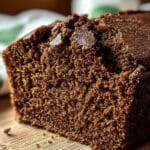
Irish Brown Bread Recipe
- Total Time: 50 minutes
- Yield: 1 loaf (about 10 slices) 1x
- Diet: Vegetarian
Description
This traditional Irish Brown Bread recipe is a wholesome, no-yeast quick bread made with whole wheat flour, oats, and buttermilk. It boasts a hearty texture and subtle sweetness, perfect for enjoying alongside soups, stews, or simply with butter and jam. Easy to prepare and baked to a golden finish, this bread captures the rustic flavors of Ireland with every slice.
Ingredients
Dry Ingredients
- 2 cups whole wheat flour
- 1 cup all-purpose flour
- 1 teaspoon baking soda
- 1/2 teaspoon salt
- 2 tablespoons rolled oats (plus extra for topping)
- 2 tablespoons brown sugar or honey
Wet Ingredients
- 1 3/4 cups buttermilk (plus more if needed)
- 2 tablespoons unsalted butter, melted (optional)
Instructions
- Preheat and prepare pan: Preheat your oven to 400°F (200°C). Lightly grease a 9×5-inch loaf pan or line it with parchment paper to prevent sticking.
- Mix dry ingredients: In a large mixing bowl, whisk together the whole wheat flour, all-purpose flour, baking soda, salt, rolled oats, and brown sugar (or honey) until evenly combined.
- Add buttermilk and form dough: Pour in the buttermilk and stir gently just until a thick, shaggy dough forms. If the dough feels too dry and crumbly, add an additional tablespoon or two of buttermilk, mixing carefully to avoid overworking.
- Transfer and smooth dough: Spoon the dough into the prepared loaf pan and smooth the top surface evenly with a spatula or the back of a spoon.
- Optional topping: Brush the top with melted butter for a richer crust if desired, then sprinkle additional rolled oats on top for texture and garnish.
- Bake the bread: Place the loaf pan in the preheated oven and bake for 35–40 minutes until the top is golden brown, firm, and a toothpick inserted into the center comes out clean.
- Cool and serve: Let the bread cool in the pan for 5 minutes, then transfer it to a wire rack to cool completely before slicing. This allows the bread to set and prevents crumbling.
Notes
- Serve this hearty brown bread with butter, jam, or as an accompaniment to soups and stews for a comforting meal.
- For added texture and nutrition, consider mixing in a tablespoon of flaxseed or sunflower seeds into the dough.
- Store the bread tightly wrapped at room temperature for up to 3 days or freeze it for extended storage without loss of flavor.
- Prep Time: 10 minutes
- Cook Time: 40 minutes
- Category: Bread
- Method: Baking
- Cuisine: Irish
